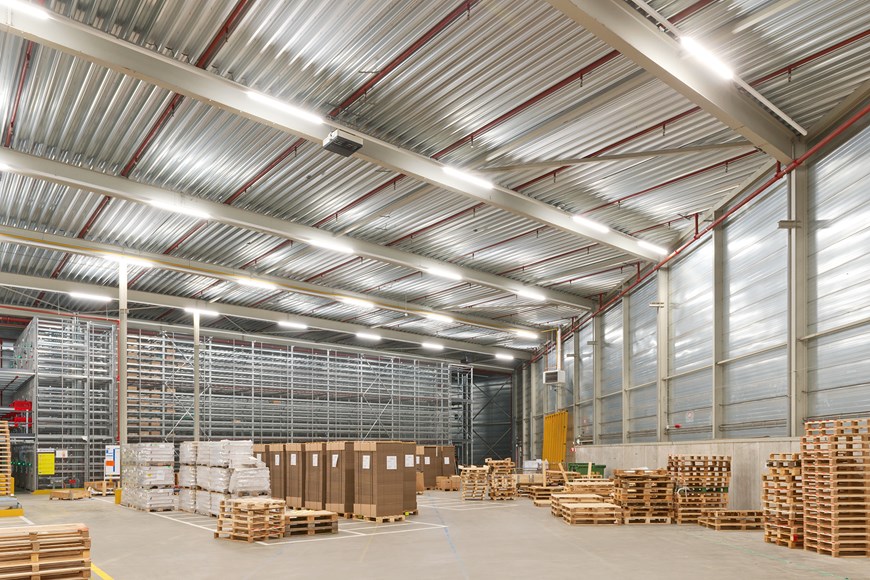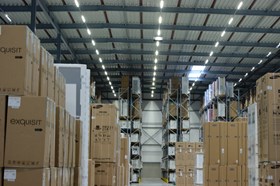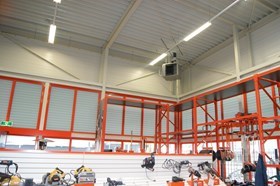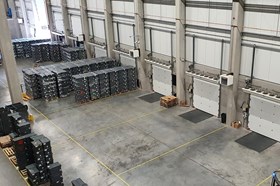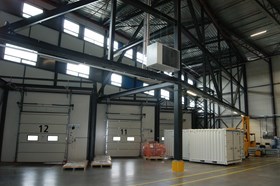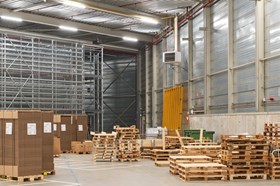Heating of a warehouse by warm air
Air heating in warehouses is a very common solution. To achieve the highest sustainable solution the logical choice could be to use Winterwarm HR condensing air heaters.
When the heat source is hot water (boiler , heat pump or any other hot water source) the right choice is the Winterwarm WWH-series. This is also available as a WWH-LT unit for low water temperatures.
When the warehouse is very small or there is no other source available you could choose a Winterwarm EH electrical heater.
Larger warehouses often opt for gas-fired or water based solutions as the price of electricity can be too expensive.
Extra considerations are required when heating a warehouse
1. High racks in the warehouse can restrict the positioning of the heaters.
2. Warm air rises naturally between the racks creaitng higher temperatures in teh roof space.
3. Acces doors and vehicle docking shelters can lead to exra heat loss.
The solution to overcome these obstacles is the application of WCU destrification units as well as ACM air curtains.
The advantages of additional recirculation in a warehouse:
- WCU units can be placed between the racks in the warehouse
- The warm air will be forced to the floor level by the WCU
- ACM air curtains can prevent heat losses when opening overhead access doors
- Energy consumption is reduced
